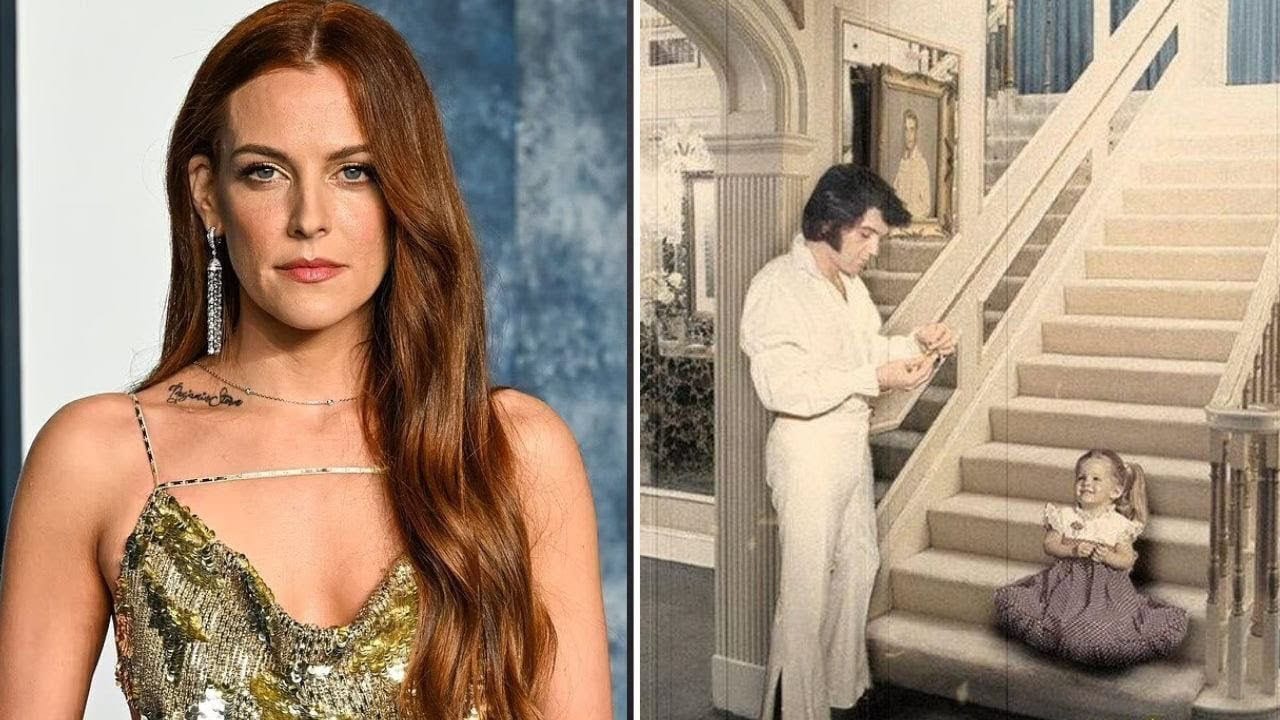
Introduction
For more than four decades since Elvis Presley’s death, one of the biggest mysteries has remained behind closed doors at Graceland, the legendary Memphis mansion. It’s the upstairs, which is said to be the King of Rock & Roll’s last private residence and has never been open to the public.
Recently, the world exploded when Riley Keough, Elvis’ granddaughter and now the legal heir to Graceland, suddenly broke her silence. In a shocking statement, she admitted that what lies upstairs is not only a memory of her famous grandfather, but also a “cut that has never healed” in the Presley family.
Riley’s statement shocked many fans:
“There are things upstairs at Graceland that the world is not ready to see. It’s not just my grandfather’s room, it’s a place where time stands still – where all the pain, glory and tragedy coexist.”
For years, visitors to Graceland have only been allowed to tour the lower level, the living room, the recording studio, and the memorial garden. But the upper level—which includes Elvis’s bedroom and the areas associated with the last days of his life—has always been sealed off, shrouded in secrecy. Some theories even suggest that the place still retains all the items from 1977, as if Elvis had just left for a moment.
Now, with Riley Keough’s sharing, the haunting question becomes more pressing than ever: What is really hidden in the upper level of Graceland? Is it just a private space protected by the family, or is it a secret that could change the way the world views the King of Rock & Roll?
One thing is certain: this announcement has not only rekindled the endless curiosity of millions of fans, but also thrust Graceland into the center of global controversy. And for the first time in nearly half a century, the wall of silence surrounding the upper level of Graceland is in danger of shaking.